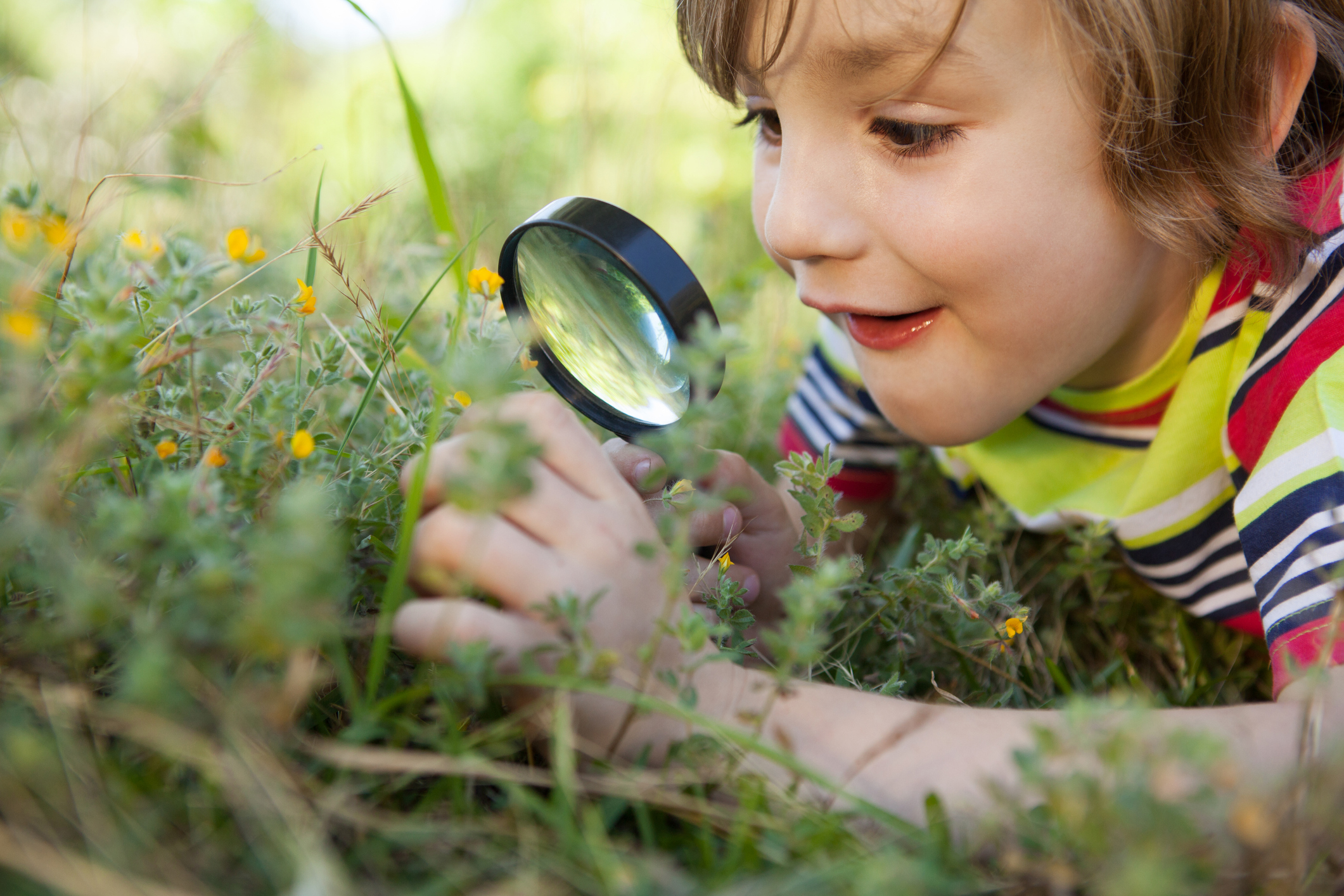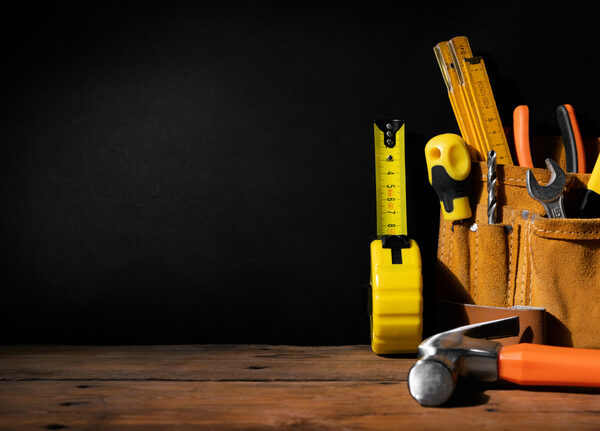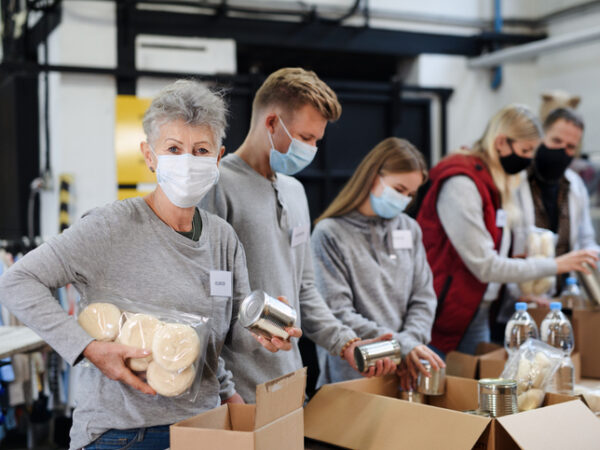For the first few decades of life, most children and young adults look forward to getting older, becoming independent, and creating the life they want for themselves. There are so many exciting firsts that come with adulthood – the first apartment, first love, first career job, and for many their first child. But at a certain point, adults reach an age at which our culture tells us we are past our prime and no longer of value to society. What if we collectively cultivate the idea that aging, which of course is inevitable, is something to look forward to with the same excitement as the milestones of our younger years?
A recent Ted “How to Be a Better Human” series post explores the idea of aging more joyfully. Author Ingrid Fetell Lee suggests that although there are many physical, emotional, and cognitive challenges associated with getting older, there are also many unique benefits of a long life.
Women are often the topic of discussion concerning how well or “gracefully” they are aging. Whether an older woman looks younger than her driver’s license reveals or has decided to embrace greying hair and laugh lines, it’s nearly impossible to successfully walk the line between “trying too hard” and ”giving up”. The media bombards women with messages that they must, by all means possible, strive to preserve a youthful appearance but at the same time, many people will judge older women who have had plastic surgery, always wear makeup, or have a standing appointment with a colorist every three weeks. It’s not only exhausting, but it’s also expensive!
Fetell writes about how researchers have found that among older adults, mindfully seeking out things that bring joy can increase happiness and boost mood. “Joyspotters” look for things in their environment that inspire joy – it could be as simple as stopping on an evening walk to take in the sunset, or making a small gesture of kindness towards a neighbor. People who attend cultural events are also more joyful. Social activities help older adults feel more connected and valued in their communities. New experiences help keep the brain healthy – never stop learning, staying up with new technology, and reinventing yourself.
While many people have been purging and decluttering their homes during periods of isolation during the pandemic, it’s important to create a living space that sparks joy and enriches our daily experiences. Plants, artwork, or fabrics that are pleasing to the senses help create opportunities for joy and studies show that our environment may contribute to a healthier aging brain. It is important to keep living spaces clutter-free to avoid injuries, but not every item needs to be useful. Sometimes beauty is a good enough reason to hold on to something.
Physical activity is a deal-breaker when it some to aging optimally. Not only is regular exercise important to preserve mobility and independence, staying active with at least 30 minutes of moderate-intensity exercise each day can help protect brain health and lower the risk for developing dementia. Find an activity you enjoy doing and keep moving!
What will you find joy in today?






Add Your Voice
0 Comments
Join the Discussion